Resilience Recovery Strategies for Urban Infrastructure Systems under Earthquake Effects
DOI: 10.23977/jceup.2024.060322 | Downloads: 25 | Views: 1033
Author(s)
Jiahao Chen 1
Affiliation(s)
1 School of Urban Construction, Yangtze University, Jingzhou, 4340235, China
Corresponding Author
Jiahao ChenABSTRACT
With the acceleration of urbanization, the complexity and interdependence of urban infrastructure systems are increasing, and natural disasters such as earthquakes are causing more and more serious damage to them. The purpose of this paper is to explore the resilience recovery strategy of urban infrastructure systems under the effect of earthquakes, and identify the vulnerability of the systems and the key issues faced in the recovery process through an in-depth analysis of the impacts of seismic hazards on various types of urban infrastructures. The infrastructure of the city gradually increases with the rapid development of the city, and the management difficulty is getting bigger and bigger, and different industries often also have the problems of unclear access, non-uniform source, and untimely data updating when they need the support of urban infrastructure, etc. Combining with the systematic analysis method to optimize the different restoration schemes, specific measures are put forward to enhance the restoration efficiency and reduce the economic loss. Through reasonable resilience recovery strategies, the seismic capacity and recovery speed of urban infrastructure systems can be significantly improved, thus enhancing the city's ability to cope with earthquake disasters and long-term sustainable development potential.
KEYWORDS
Seismic effects, urban infrastructure, resilience recovery, disaster prevention and mitigation, system optimizationCITE THIS PAPER
Jiahao Chen, Resilience Recovery Strategies for Urban Infrastructure Systems under Earthquake Effects. Journal of Civil Engineering and Urban Planning (2024) Vol. 6: 179-186. DOI: http://dx.doi.org/10.23977/jceup.2024.060322.
REFERENCES
[1] Ouyang M, Duen? As-Osorio L. Time-dependent resilience assessment and improvement of urban infrastructure systems [J].Chaos: An Interdisciplinary Journal of Nonlinear Science, 2012, 22(3):1-23. DOI:10.1063/1.4737204.
[2] Chang S E .Evaluating Disaster Mitigations: Methodology for Urban Infrastructure Systems [J].Natural Hazards Review, 2003, 4(4):186-196. DOI:10.1061/(ASCE)1527-6988(2003)4:4(186).
[3] Janet, L, Reyna, et al. The Growth of Urban Building Stock: Unintended Lock-in and Embedded Environmental Effects [J].Journal of Industrial Ecology, 2014, 19(4):524-537. DOI:10.1111/jiec.12211.
[4] Bagheri A, Darijani M, Asgary A, et al. Crisis in Urban Water Systems during the Reconstruction Period: A System Dynamics Analysis of Alternative Policies after the 2003 Earthquake in Bam-Iran[J].Water Resources Management, 2010, 24(11):2567-2596. DOI:10.1007/s11269-009-9568-1.
[5] Arab A, Tekin E, Khodaei A, et al. System Hardening and Condition-Based Maintenance for Electric Power Infrastructure Under Hurricane Effects [J].IEEE Transactions on Reliability, 2016, 65(3):1-14. DOI:10.1109/TR. 2016. 2575445.
[6] Taylor C, Rix G, Liu F .Exploring Financial Decision-Making Approaches for Use in Earthquake Risk Decision Processes for Ports[J].Journal of Infrastructure Systems, 2009, 15(4):406-416. DOI:10.1061/(ASCE)1076-0342(2009) 15:4(406).
[7] Adachi T, Ellingwood B R. Serviceability of earthquake-damaged water systems: Effects of electrical power availability and power backup systems on system vulnerability [J].Reliability Engineering & System Safety, 2008, 93(1):78-88. DOI:10.1016/j.ress.2006.10.014.
[8] Tunesi S. LCA of local strategies for energy recovery from waste in England, applied to a large municipal flow [J]. Waste Management, 2011, 31(3):561-571. DOI:10.1016/j.wasman.2010.08.023.
[9] You T, Wang W, Chen Y. An asynchronous simulation algorithm for post-earthquake functional recovery of interdependent infrastructure systems [J].Earthquake engineering & structural dynamics, 2024, 53(2):529-544. DOI:10.1002/eqe.4028.
[10] Balali V, Yaseri K, Ham Y. Algorithmic development of life-cycle assessment: Application of urban water infrastructure systems in Iran [J]. KSCE Journal of Civil Engineering, 2017, 21(5):1979-1990. DOI:10.1007/s12205-016-0994-3.
| Downloads: | 10730 |
|---|---|
| Visits: | 345234 |
Sponsors, Associates, and Links
-
Journal of Sustainable Development and Green Buildings
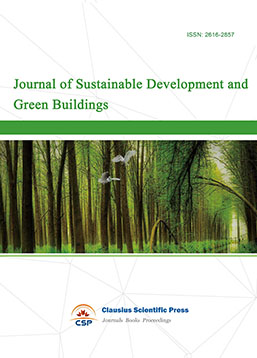
-
Landscape and Urban Horticulture
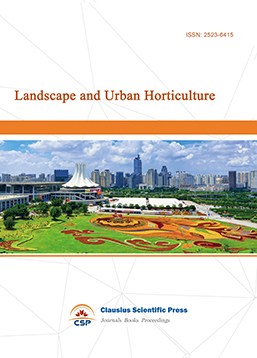
-
Bridge and Structural Engineering

-
Soil Mechanics and Geotechnical Engineering
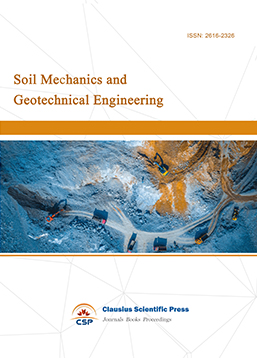
-
Journal of Municipal Engineering
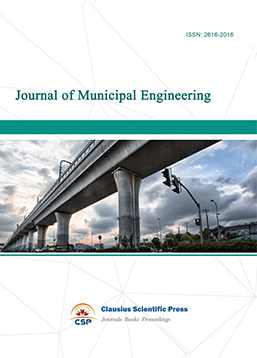
-
Heating, Ventilation and Air Conditioning
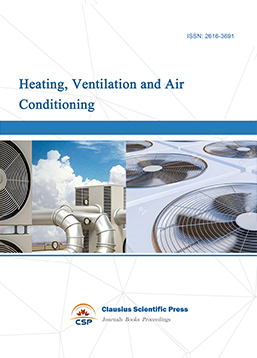
-
Indoor Air Quality and Climate
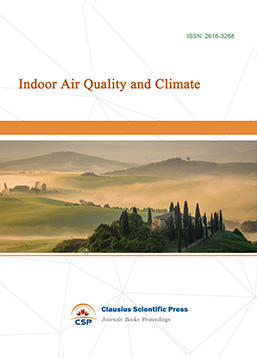
-
Computer Aided Architecture Design
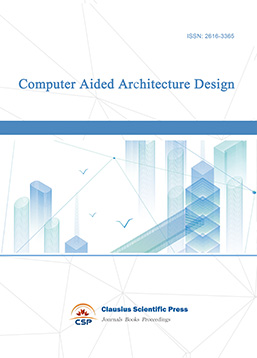

 Download as PDF
Download as PDF